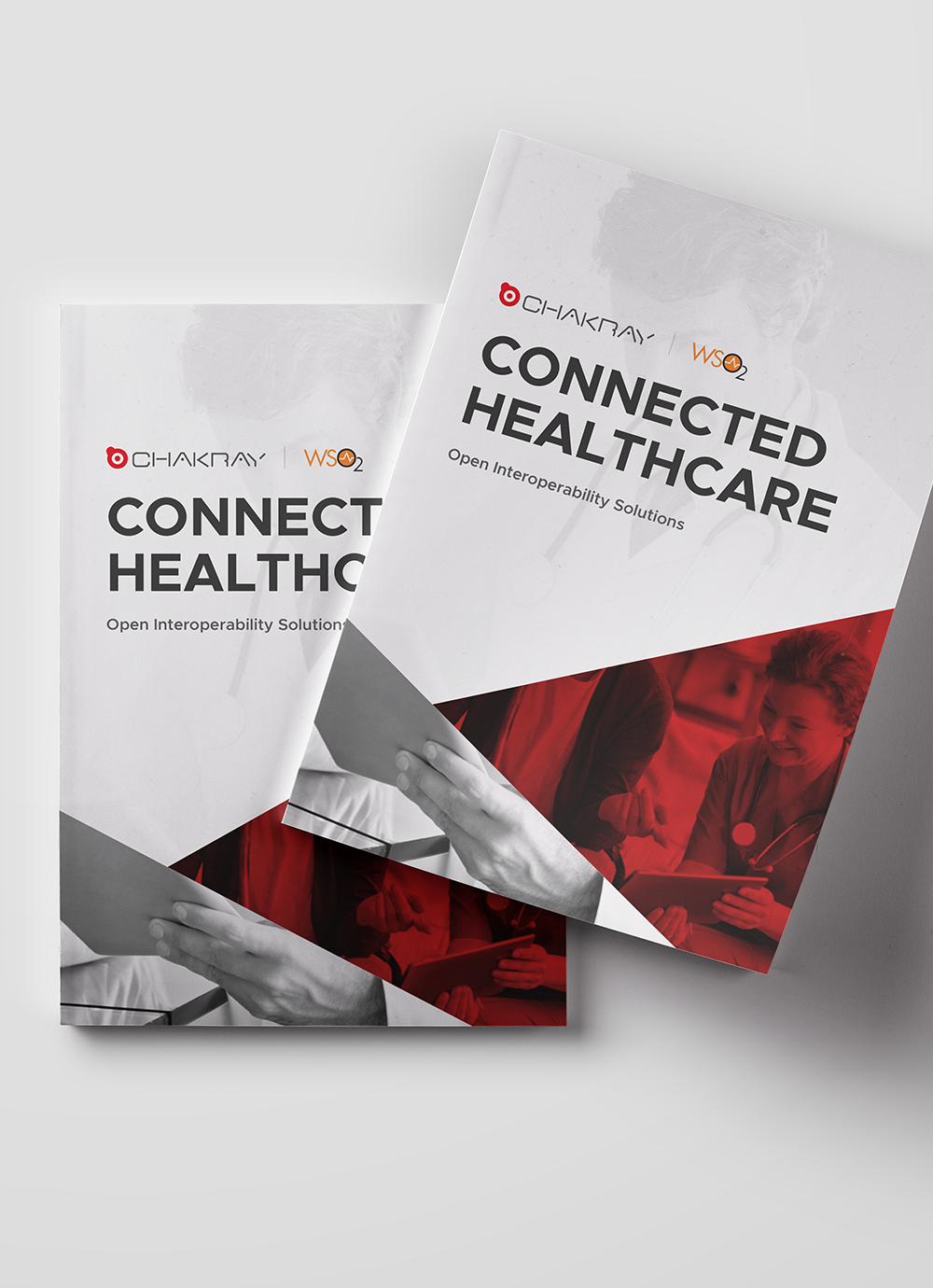Interoperability is increasingly becoming commonplace across different sectors due to the great benefits it provides to various industries, businesses and the public sector.
Before we delve deeper into how interoperability guarantees a successful data exchange in the healthcare sector, we should remember what interoperability means: “The capability of two or more information systems, or components, which allows the exchange and use of information across different systems, facilitating the synchronization of all components.”
If you want to learn more details about interoperability and its importance, do not miss this post!
Interoperability in healthcare
Having interoperating systems in healthcare significantly facilitates communication and the exchange of information between all parties. Patients are the ones who see the most benefits. Thanks to interoperability, they can enjoy a greater and better protection and safety.
“Nowadays, access to medical records in real-time can be guaranteed, as well as their portability, and patients can be offered high-quality medical attention anywhere, continuously.”
However, in order to accomplish an adequate exchange of medical records, it is paramount for all systems to “speak the same language;” in other words, standards must be adopted and used by all healthcare systems. Several organizations, such as HIMSS or NEMA, have emerged with the purpose of unifying these interoperability criteria.
You should remember that there are two types of interoperability: syntactic and semantic. The former implies the comprehension of the communication; in other words, the data that is transferred and exchanged is understood by each system. While semantic interoperability refers specifically to the structure of the communication.
In order to facilitate data exchange, the healthcare sector has developed different standards, mainly in the field of terminology and messaging:
- Terminology: refers to terms and codes that were born to be assigned to different clinical concepts, including diseases, diagnostics, techniques, drugs, etc…. For example: LOINC (Lab tests, metrics and observations)
- Messaging: these standards facilitate the exchange and communication between parties and different systems. Some of them are: ASC-X12; IEEE 1073…
“It is very important to mention that interoperability is not a purpose or an end, but rather a means, which, with the help of standards, facilitate the accomplishment of interoperable systems.”
As you can see, there are significant obstacles for interoperability to rule the healthcare sector, for the most part, due to the high healthcare standards it faces.
Furthermore, there are different types of obstacles or barriers that hamper the interoperability process, including economic, legal, cultural and organizational.
-You might be interested in this post: What are microservices?-
Benefits of interoperability in healthcare
The benefits resulting from having interoperating information systems in healthcare are significant for all stakeholders, but particularly for patients, since they have a more significant role, becoming the center of the system.
But, what are the main benefits?
- Easy, fast access to the patient’s medical records: the sharing of information will foster a higher-quality medical attention.
- More autonomy in the therapeutic process: the patient will be able to have a more active role in his healthcare, as well as a greater self-management. This fact is very important, especially for patients who suffer from chronic diseases and need a continuous monitoring of their status and progression.
- Guaranteed medical assistance: having interoperating information systems ensures both coordination between different healthcare services, and between the different healthcare clinics located in different places and communities. As a result, any lack of coordination can be prevented in the healthcare process.
- More information that is more reliable: thanks to interoperability, the healthcare professional will receive the patient’s information directly and faster, avoiding any error and providing a much more reliable diagnostic, while avoiding delays.
The interoperability of healthcare systems is a challenge that many countries, such as Spain, the United Kingdom and Mexico are trying to undertake due to the many benefits it offers, especially to patients.
“Accomplishing a more sustainable healthcare model, that facilitates access to patients’ medical records and has integrated, comprehensive information about them, will only be possible through interoperability.”
It is worth mentioning that interoperability is not only a challenge for the healthcare sector, but also for many private companies and public administrations.
-You might be interested in: What are the differences between REST and SOAP?-
If you want to increase your company’s productivity, and efficiently manage and control information across all components, contact our representatives; they will be thrilled to address all of your questions!







